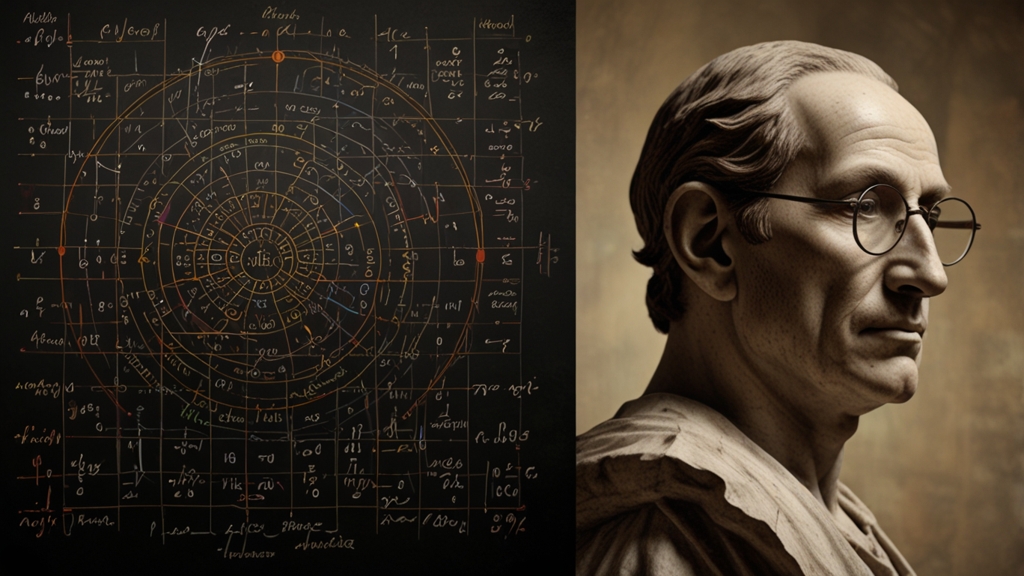Fiction vs. Faith: How Modern Culture Reinterprets Bible Tales
The stories of the Bible have been immutable for millennia, serving as a guiding light for countless generations. These timeless narratives are not merely religious texts but have become cultural touchstones, continually reimagined and reinterpreted in modern times. This reflection of ancient tales through the lens of contemporary sensibilities results in an intricate dance between fiction and faith.
The Evolution of Bible Stories
Originally passed down through oral tradition and later codified into scripture, Bible tales experienced their first major shift with the advent of the printing press. As these stories found new life through widespread distribution, they began to sear themselves into the collective consciousness. However, it is in our present multimedia age where they encounter the most radical reinterpretations.
Films, television, literature, and even video games have all played a role in reshaping how Bible stories are perceived. Consider the 2014 film "Noah," starring Russell Crowe. Director Darren Aronofsky took significant creative liberties, incorporating fantastical elements like rock giants and an environmentalist message. The movie courted both acclaim and controversy, demonstrating how deeply rooted these narratives are while also showcasing how they can be adapted to reflect modern issues.
Artistic License and Its Impact
Artistic endeavors often stretch the boundaries of original narratives to explore new thematic territory. This can sometimes blur the lines between faith's sacredness and fiction's creativity. Adaptations such as "Jesus Christ Superstar" or "The Last Temptation of Christ" challenge traditional viewpoints, offering fresh, albeit sometimes contentious, perspectives.
"Every retelling is a reflection of the time it was created in," says Dr. Jane Smith, a theologian and cultural critic. "When we see Jesus portrayed in modern films, we're not just seeing an ancient figure but rather a mirror reflecting contemporary hopes, morals, and even fears."
Indeed, Albert Brooks' book "Looking For God in Harry Potter" juxtaposes Harry Potter's moral journey with Biblical themes, showing how secular stories can carry spiritual weight and vice versa. The implicit message is that modern reinterpretations serve not to replace the original tales but to highlight their enduring relevance.
The Role of Technology
Technology, too, plays a significant role. Virtual reality experiences and digital storytelling provide immersive ways to revisit ancient tales. Apps like "The Bible Experience" offer dramatized audio-visual renditions, making scripture accessible in entirely new ways. By utilizing technology, these stories become vividly immediate, resonating in ways that reading alone might not evoke.
Consequence on Faith Communities
These modern reimaginings often lead to divergent reactions within faith communities. For some, they are invigorating interpretations that breathe new life into ancient texts. For others, they represent a departure from sanctity, perhaps diluting their spiritual message with too much fiction.
"When cultural reinterpretations add layers of metaphor or address current social issues, they can amplify the Bible's message," argues Pastor Michael Thompson. "However, this also risks alienating those who see deviations from scripture as distortions rather than enhancements."
While this tension is palpable, it often leads to fruitful dialogues. By grappling with these reinterpretations, believers and non-believers alike are invited to reconsider the essential messages, fostering a more dynamic interaction with these ancient texts.
A Modern Mosaic
Ultimately, the blending of fiction with faith creates a mosaic where modern culture and ancient wisdom coexist. Through these reinterpretations, Bible stories continue to evolve, ensuring their relevance in an ever-changing world. They remind us of the potent power of storytelling, bridging gaps between past and present, sacred and secular.
As culture progresses, so too will the ways we engage with these enduring narratives. Whether through a blockbuster film, a novel, or a piece of digital art, the timeless tales of the Bible will continue to inspire, provoke, and enlighten, underscoring the profound human need to tell and retell stories, finding new meanings with every iteration.






